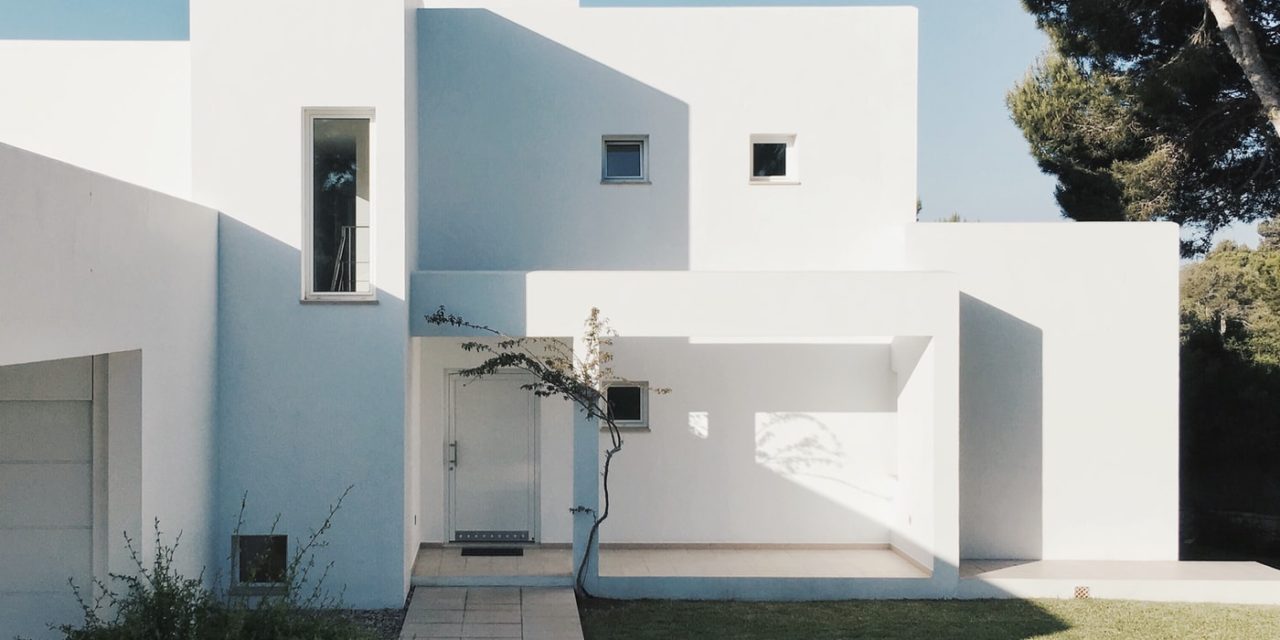[ad_1]
Putting wallpaper on your walls is one of the easiest and quickest ways to completely change the mood and appearance of a room. Wallpaper comes in a wide variety of styles, textures, colors, and designs. Here is some things you need to know to select and buy the right wallpaper for the job.
First of all, you need to estimate how much wallpaper is going to be needed for the project at hand. So here is a general formula to help you find out. First measure the height and width that needs to be covered. Then be sure to add an extra 10 — 15% to cover for waste. Once you have this number you can divide it by the square footage rating of whatever paper that you choose. That should give you the figure of how many rolls of wallpaper you are going to need.
Actually it's not a bad idea to add on a few that extra rolls too, especially if you have a complex pattern that requires it. And besides, you may need to make repairs in the future anyway, so having an extra roll or two available can come in very handy later on.
One warning to be aware of regarding wallpaper is that due to the production process, rolls that may appear to be similar in the store will not always look that way when you actually get them on the wall. That's why wallpaper rolls come in what is called dye lots that identify the rolls that actually match. So be sure as you go through and select your wallpaper, that you look for the rolls that all come from the same dye lot.
Most modern vinyl wallpapers already have paste on the back, so it's just a matter of soaking them in water and hanging them on the wall. However there are different kinds of papers that are available. Solid vinyl papers are the most common of all these days, as they are very durable, washable, and easy to hang. There are also other papers that are simply vinyl coated and so therefore are somewhat less durable but still fine for most uses.
More expensive papers include embossed paper that has a raised pattern on it, and it is also easy to hang. Some papers are made of grasscloth, and are especially useful for covering walls that have imperfections or are damaged.
Foil wallpaper is very expensive, although it can quickly brighten up and change a small room if used correctly. Some also like to use fabric wallpaper, but just keep in mind that it does not clean very well or easily, and it can be extremely difficult to hang.
Generally speaking, most wallpaper hangers find that working in a clockwise direction around the room is best for right handed people, and going counterclockwise works best for left-handed people. Wherever you start in the room is largely up to you, but try to select a major focal point to begin with.
Selecting and hanging wallpaper is well within the reach of most homeowners. So it is one of those home improvement projects that almost anyone can do with a little determination and practice. So why not give it a try in your home?
[ad_2]
Source by Thad Pickering


